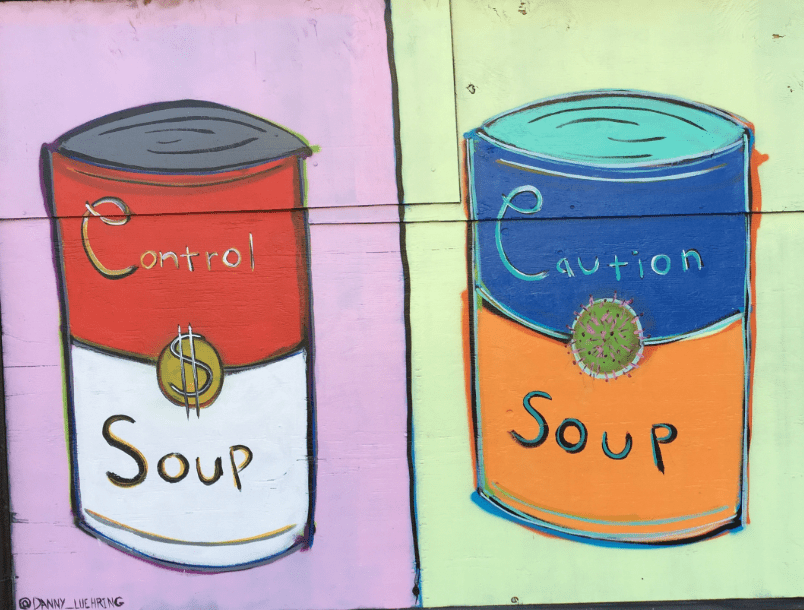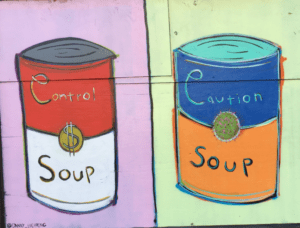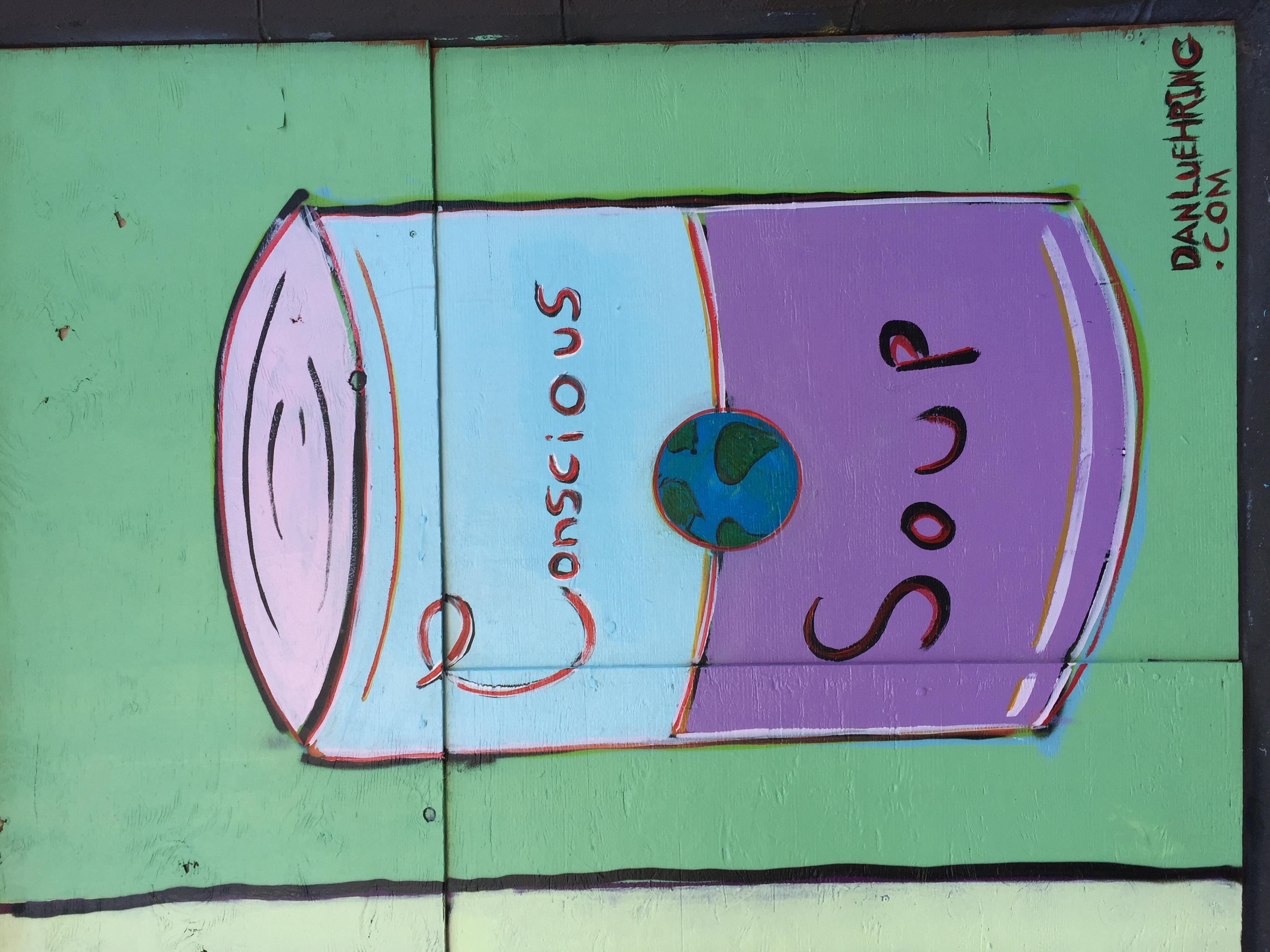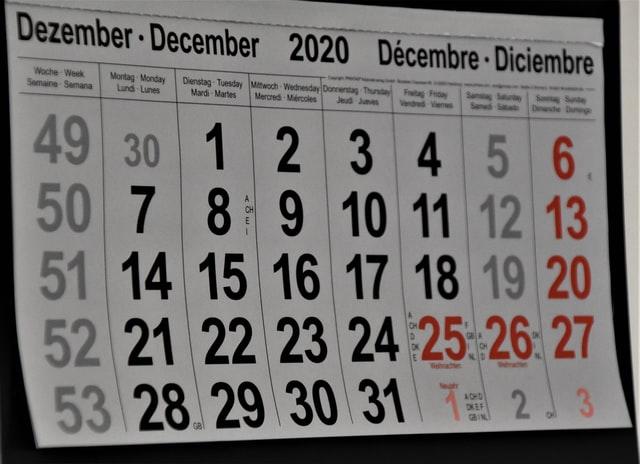Fundraising Appeal & Thank You Strategies Your Nonprofit Needs NOW
 I know you’re working on calendar year-end fundraising right now.
I know you’re working on calendar year-end fundraising right now.
And if you’re not, start immediately!
Per Mobile Cause:
- 30% of annual donations occur in December
- 12% of annual giving happens on the last three days of the calendar year
- 53% of nonprofits start planning their year-end appeal in October
Before it’s too late, I want to share with you four almost magic strategies that have worked well for me for decades!
Yes, there are ways to tweak these strategies to conform to the current zeitgeist and recognize we live in a digitally revolutionized world. This can be super helpful, and I highly recommend you pay attention to the ways fundraising and nonprofit marketing are evolving. It means new skills are needed, more money must be invested to yield your most positive returns, and you’re no longer going to be able to rest on your laurels.
That being said, I don’t want you to get so caught up in bells and whistles you neglect the fundamentals. Nor do I want you to throw up your hands in despair, culminating in a decision that you just can’t compete or do a better job because… (fill in the blank).
No excuses!
The magic strategies below have worked for me, and countless nonprofits, over generations. They’ll work for you too.
Truly, I promise if you do these things you’ll raise more money this year.
Ready to get started?
Details

 Whatever side of the political spectrum you’re on, the photo below is triggering.
Whatever side of the political spectrum you’re on, the photo below is triggering. Have you started working on your annual appeal and year-end fundraising plan?
Have you started working on your annual appeal and year-end fundraising plan?
 Text messaging is becoming an increasingly important fundraising tool. Why? One of the reasons is U.S. adults now spend 10.5 hours/day consuming media. With all the competition for your donors’ attention, there’s a need to cut through the clutter.
Text messaging is becoming an increasingly important fundraising tool. Why? One of the reasons is U.S. adults now spend 10.5 hours/day consuming media. With all the competition for your donors’ attention, there’s a need to cut through the clutter.
 Ever have a well-meaning, yet perhaps overly controlling or risk-aversive, boss say to you:
Ever have a well-meaning, yet perhaps overly controlling or risk-aversive, boss say to you:
 You want to raise money with your fundraising appeal, right?
You want to raise money with your fundraising appeal, right?


 You are a
You are a 
